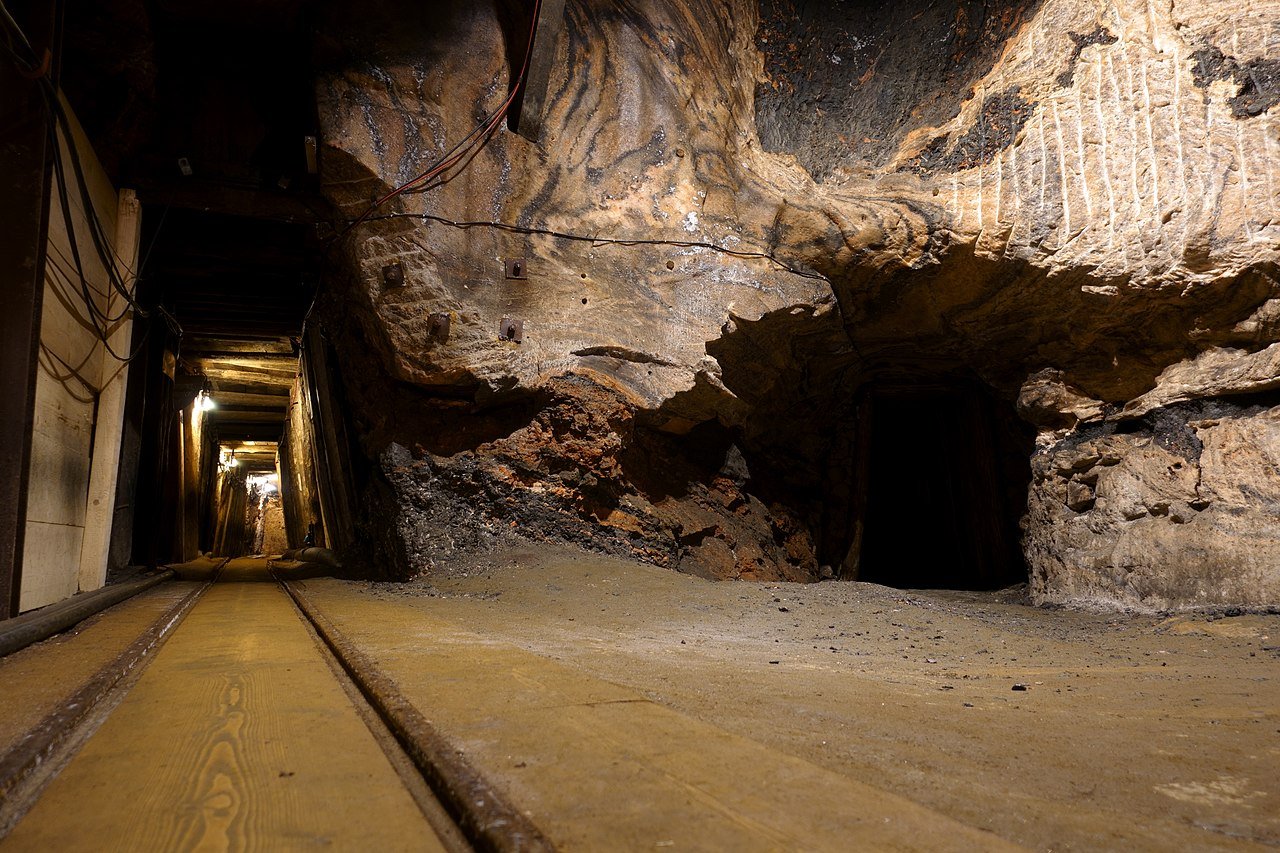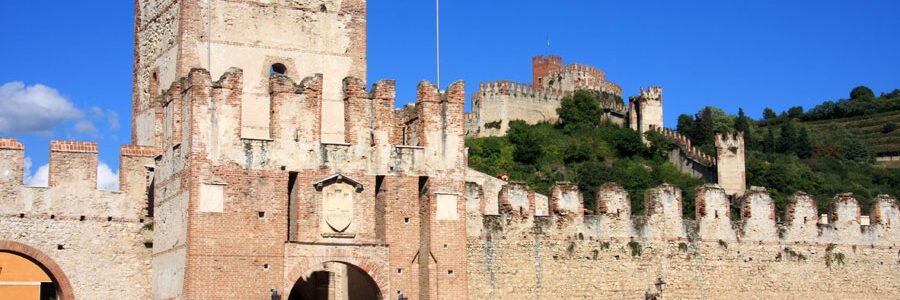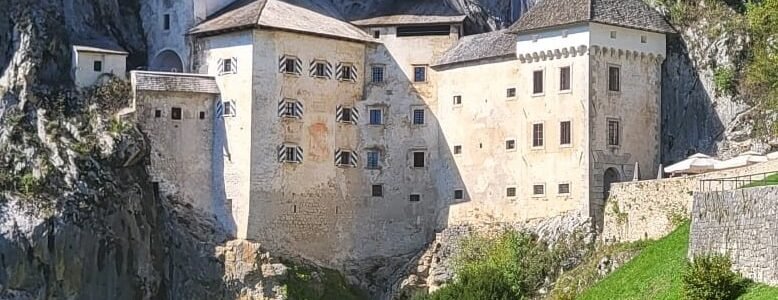Salt Mines Austria
Salt Mines Austria
Discover the Ancient Salt Mines of Austria: A Journey Through Time and Depth
Hidden beneath the surface of Austria’s picturesque landscapes lies a world that predates empires, languages, and borders — the ancient salt mines that shaped civilizations. These mines are more than just historical curiosities; they are immersive time machines carved deep into the alpine rock, revealing humanity’s earliest interactions with the “white gold” that once held more value than precious metals.
The Birthplace of Salt Mining: Hallstatt
Austria’s salt mining history begins in Hallstatt, a small lakeside village tucked into the Salzkammergut region. This UNESCO World Heritage Site is home to the oldest known salt mine in the world, with evidence of mining activities dating back over 7,000 years. The very word “Hall” is Celtic for salt, and the village’s name has become synonymous with both natural beauty and ancient industry.
Visitors to the Hallstatt Salt Mine are taken on a journey through layers of time. A funicular lift carries you above the lake and into the mountainside, where wooden tunnels lead deep underground. Inside, the cool, mineral-rich air feels untouched by modern life. Multimedia installations and archaeological displays showcase Bronze Age tools, preserved remnants of wooden pipelines, and even the mummified body of a prehistoric miner — proof of just how advanced early societies were in salt extraction and preservation.
Planning Your Visit
Austria’s salt mines operate year-round, with peak accessibility from April to October. Advance booking is recommended, especially during summer months. Most tours are available in multiple languages and last around 90 minutes to two hours. Comfortable walking shoes and layered clothing are advised, as underground temperatures hover around 8°C (46°F) year-round.
Transportation to the mines is well-organized, with options including buses, trains, and even bicycle routes through scenic alpine trails. Tourists based in Salzburg can reach Hallein in under 30 minutes, while Hallstatt is accessible via train and ferry — a journey as picturesque as the destination.
Travelers basing themselves in Salzburg can also explore Slovenia with ease — the Salzburg to Ljubljana transfer offers a comfortable and direct connection between two culturally rich cities.
Salt as Power: The Economic Legacy
Salt wasn’t just a seasoning in ancient times; it was a commodity of power. In the Middle Ages, it funded cities, fueled trade routes, and influenced political alliances. Austrian towns like Salzburg owe their very name and wealth to salt — “Salz” meaning salt and “Burg” meaning fortress or town.
Salzburg’s Hallein Salt Mine, located a short distance from the city, offers another perspective into Austria’s salt-rich legacy. Operational for over 2,500 years, this mine was one of the key sources of the archbishopric’s immense power and influence in the region. Today, guided tours bring visitors through maze-like tunnels on slides once used by miners, across an underground lake, and into chambers filled with stories of medieval trade and monastic enterprise.
Immersive Experiences Beneath the Earth
What sets Austria’s salt mines apart from other historical sites is their theatrical approach to storytelling. These are not static museums — they are dynamic, sensory-rich environments. In Altaussee, for example, the largest active salt mine in Austria blends history with espionage. During World War II, the Nazis used the mine’s hidden depths to store thousands of stolen artworks, including pieces by Michelangelo and Van Eyck.
Today’s visitors explore these very chambers while learning how local miners and allied forces helped rescue irreplaceable cultural treasures from destruction. It’s a gripping intersection of natural resource and human drama, brought to life through dramatic lighting, audio narratives, and reconstructions.
A Family-Friendly Descent Into History
Austria’s salt mines are designed not only for scholars and history buffs, but also for families and curious travelers of all ages. Children can ride wooden slides between mine levels, dress in miner’s overalls, and discover interactive exhibits that reveal how salt was harvested, transported, and used.
At Salzwelten Hallstatt and Hallein, specially curated children’s tours ensure younger audiences stay engaged, while older visitors can appreciate the rich archaeological depth. Outside the mines, nearby museums and open-air reconstructions — such as the Celtic Village near Hallein — offer further exploration.
The Science of Salt: Preserving the Past
One of the reasons these mines are so significant is the unique preservative power of salt. Organic materials such as leather, wood, textiles, and even human remains have been discovered in near-pristine condition, thanks to the antibacterial and dehydrating properties of salt.
This natural preservation has made the Austrian salt mines invaluable to researchers studying early European cultures. Entire economic systems, diet patterns, tool-making techniques, and burial customs have been reconstructed from what the salt walls have guarded for millennia. The salt mines are not only windows into the past — they are time capsules with forensic precision.
Beyond the Mines: Exploring Alpine Culture
While the mines are the main attraction, the regions around them offer their own charm. Hallstatt, with its fairy-tale houses and mirror-like lake, is often called one of the most beautiful villages in the world. Visitors can combine underground exploration with serene boat rides, alpine hikes, and traditional Austrian cuisine served in lakeside taverns.
Salzburg, meanwhile, offers Baroque architecture, Mozart’s birthplace, and vibrant cultural events. The proximity of the Hallein and Hallstatt mines to major tourist hubs makes them ideal day-trip destinations that blend seamlessly with broader travel plans.
Why the Salt Mines Matter Today
In a world increasingly focused on technology and speed, the Austrian salt mines offer a rare chance to pause — to go underground and reconnect with the slower, tactile world of ancient labor and enduring value. They show how something as simple as salt shaped borders, economies, and entire ways of life.
These mines are not relics of a forgotten past, but reminders of a deeper human story — one that begins with the earth, spans centuries, and continues to unfold beneath the Austrian Alps.
Whether you’re an adventurer, a lover of history, or simply someone looking to experience Europe beyond the typical postcard views, Austria’s salt mines promise a journey that is both profound and unforgettable.
To Learn More
For more information on opening hours, safety, and detailed mine experiences, look in on the official Salzwelten website, covering Hallstatt, Altaussee, and Hallein mines in full detail.
Salt Mines Austria – Explore Underground Wonders
The salt mines of Austria offer more than a glimpse into ancient geology — they invite you into cathedral-like caverns, underground slides, and stories carved in stone. A private transfer to Austria’s salt mines gives you the freedom to arrive comfortably, on time, and with the journey as memorable as the destination.
Whether you’re heading toward Hallein, Altaussee, or Hallstatt’s UNESCO-protected tunnels, our private transfers to Austria’s salt mines are tailored for curious travelers who value both discovery and ease of travel.
Private Transfers to Austria’s Salt Mines with Flexible Planning and Scenic Routes
These transfers are perfect for day trips or full exploration tours, with vehicles and timing tailored around your schedule — not a rigid group itinerary.
What’s Included on Your Journey Underground
- Pickup from your location in Slovenia or Croatia — hotel, apartment, or airport
- Direct drop-off at any salt mine site: Hallein, Altaussee, Hallstatt, or Salzburg surroundings
- Private vehicle with long-distance comfort and luggage space
- English-speaking driver experienced with regional mountain routes
- Optional add-ons: stopovers at lakes, viewpoints, or traditional Austrian inns
Discover Depths Below and Beauty Above
Private transfer to Austria’s salt mines designed for explorers who seek more than the surface
Start planning your underground adventure with details from the official Salzwelten website — and let TripCom take you there in comfort and style.
RECENT POSTS
- How to get from Trieste to Zagreb October 21, 2025
- How to get from Ljubljana to Kranjska Gora October 18, 2025
- How to get from Ljubljana to Budapest October 17, 2025





























































Leave a Comment